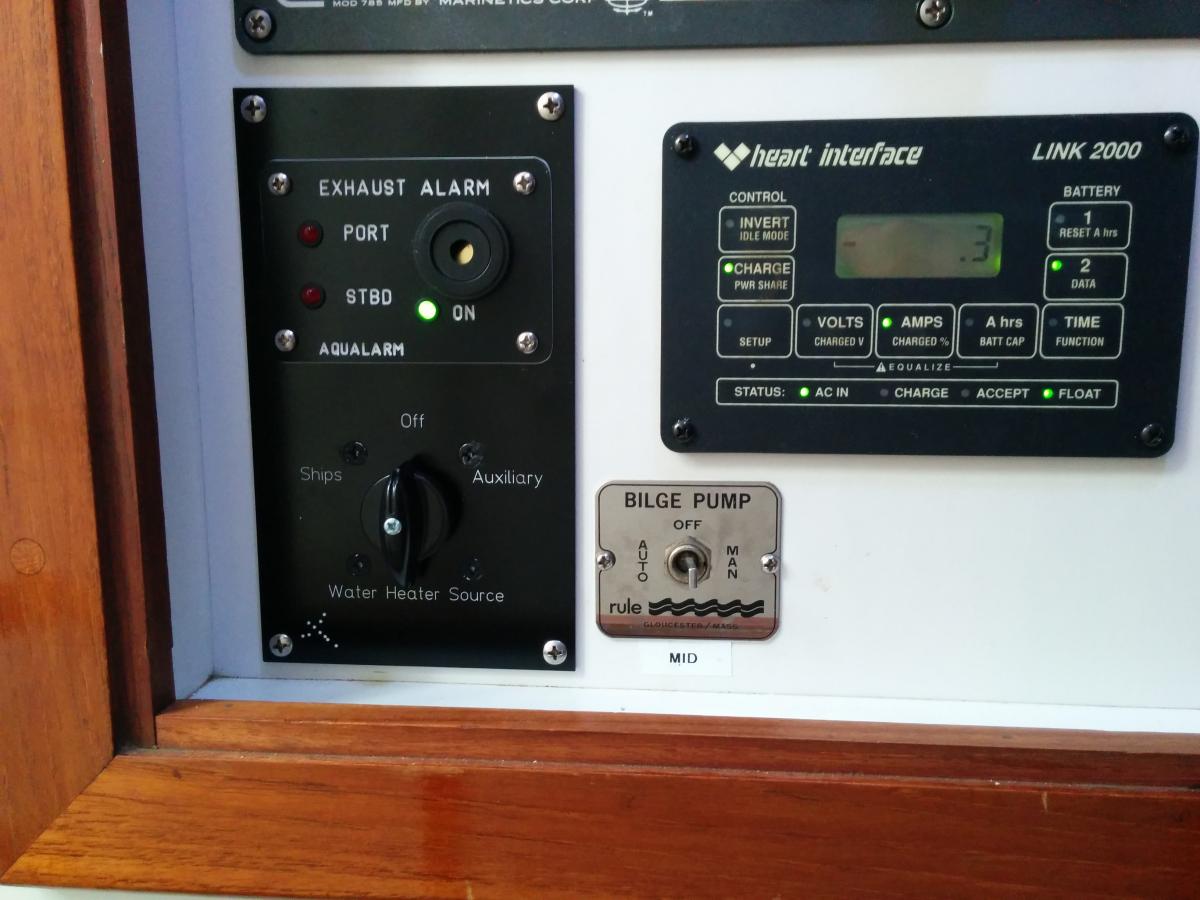Bud
Senior Member
- Joined
- Aug 11, 2017
- Messages
- 374
- Location
- United States
- Vessel Name
- Izzy Rose
- Vessel Make
- Grand Banks 49
Great article in the MTOA Turtle Times engineering corner this month. Talks about 125v loads. If you have one 20amp load on one leg to nuetral and then add a second load of 20amps to the other leg to nuetral you still only draw 20 amps. But in contrary if you were to add the second load to the same first leg you would draw 40 amps.
Well known in the electrical industry but probably not in the boating and trawling industries.
So to put it in laymans terms. On a boat a/c panel you have two rows of switches side by side. Each row is a different leg (phase). so if you have one switch on on one side you can put a second switch on the row beside it of equal load (watts) and you will not be drawing any more amps. "Balanced loads"
Well known in the electrical industry but probably not in the boating and trawling industries.
So to put it in laymans terms. On a boat a/c panel you have two rows of switches side by side. Each row is a different leg (phase). so if you have one switch on on one side you can put a second switch on the row beside it of equal load (watts) and you will not be drawing any more amps. "Balanced loads"

